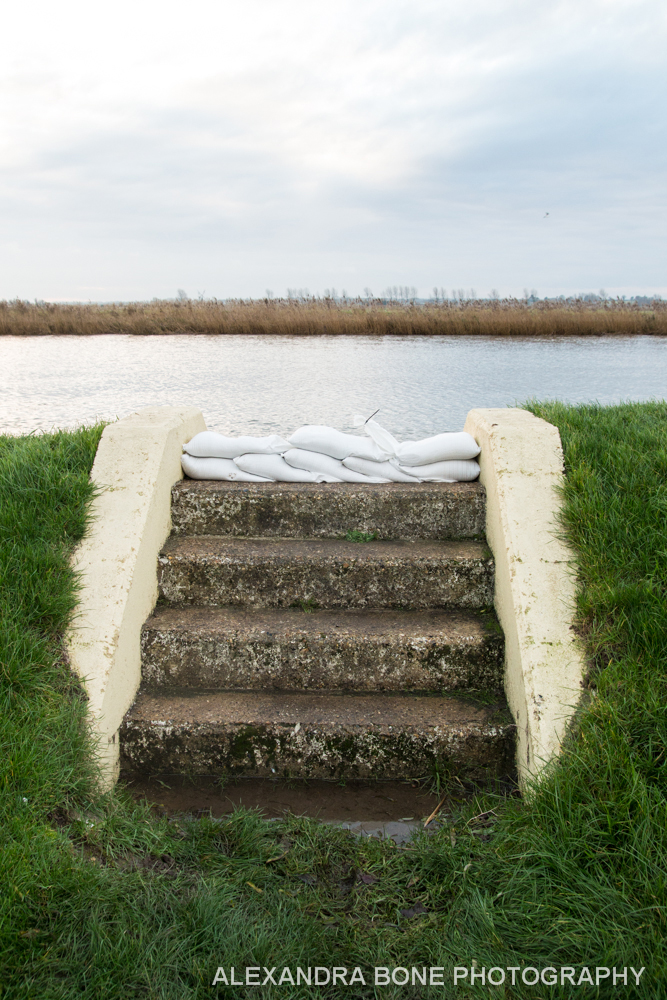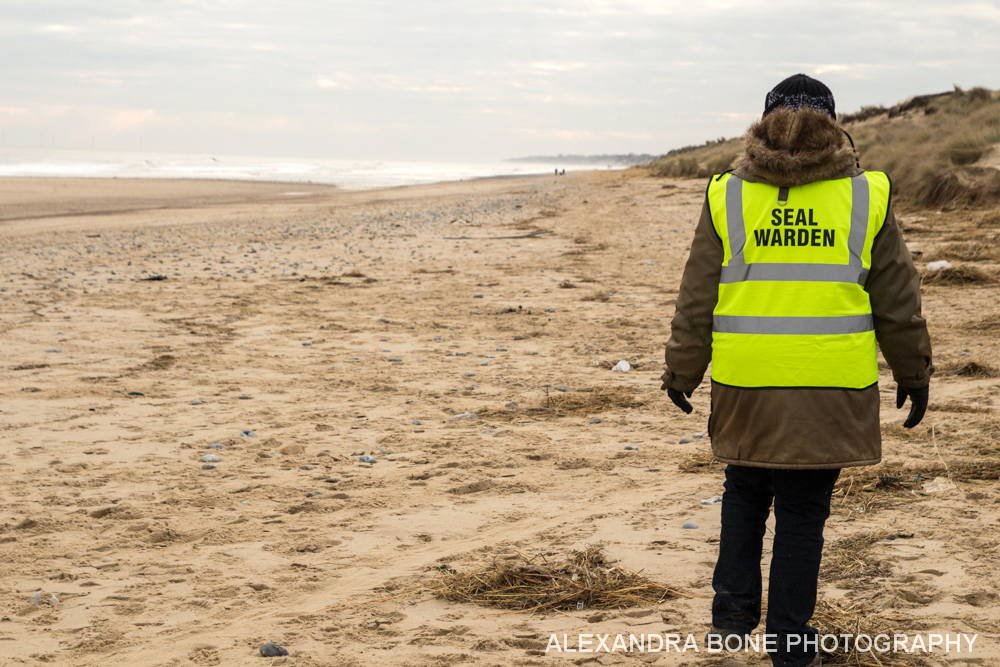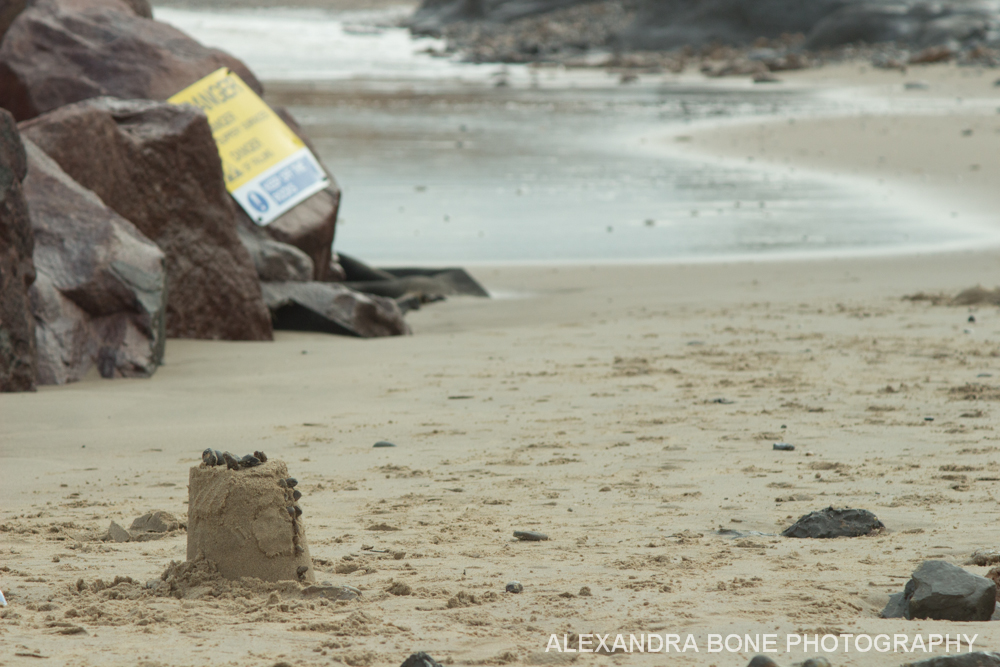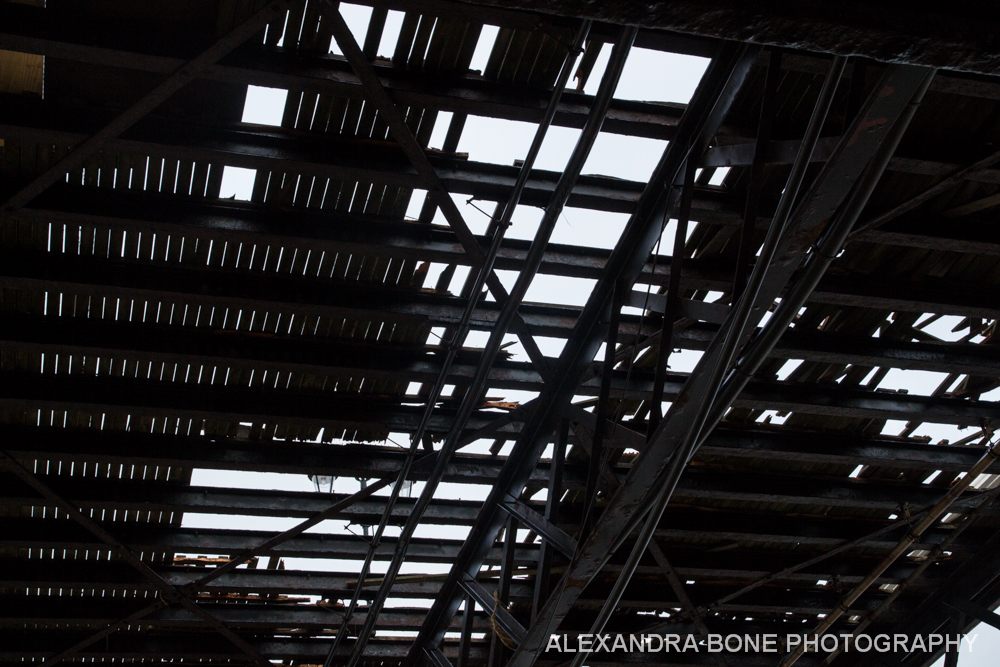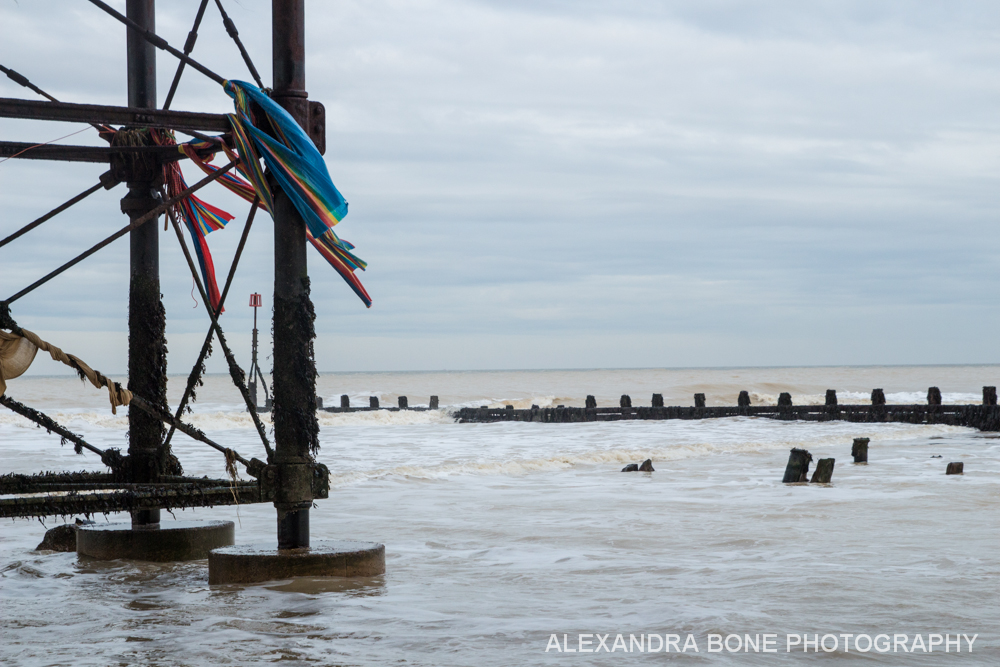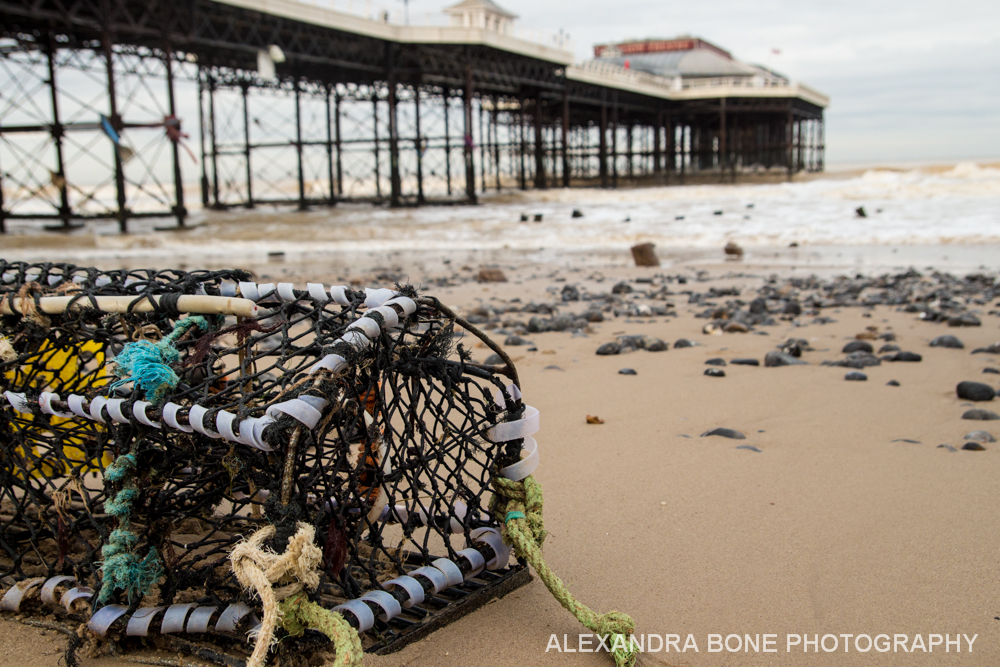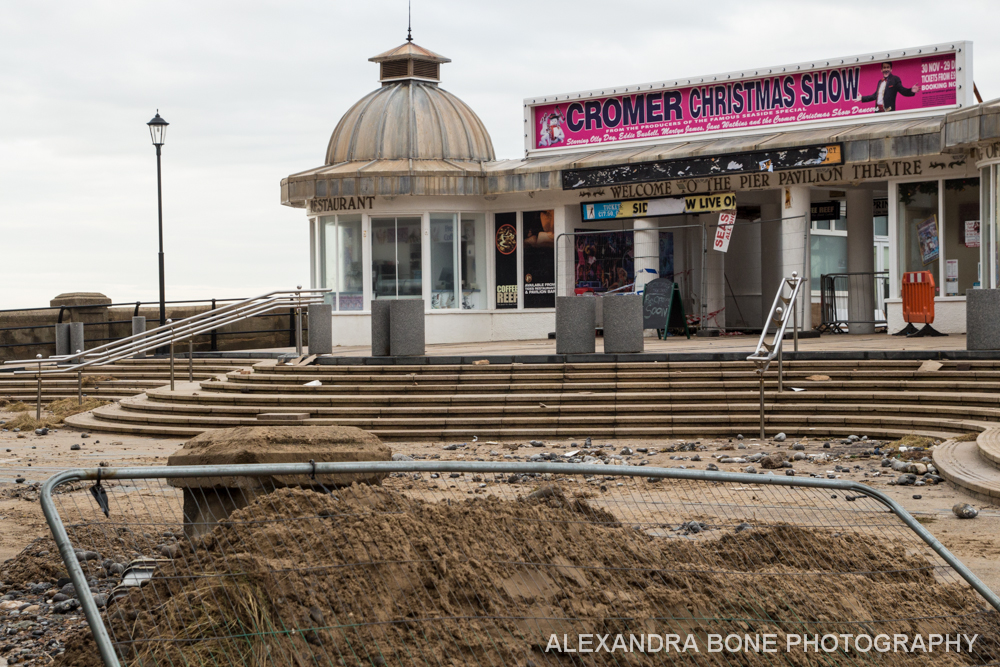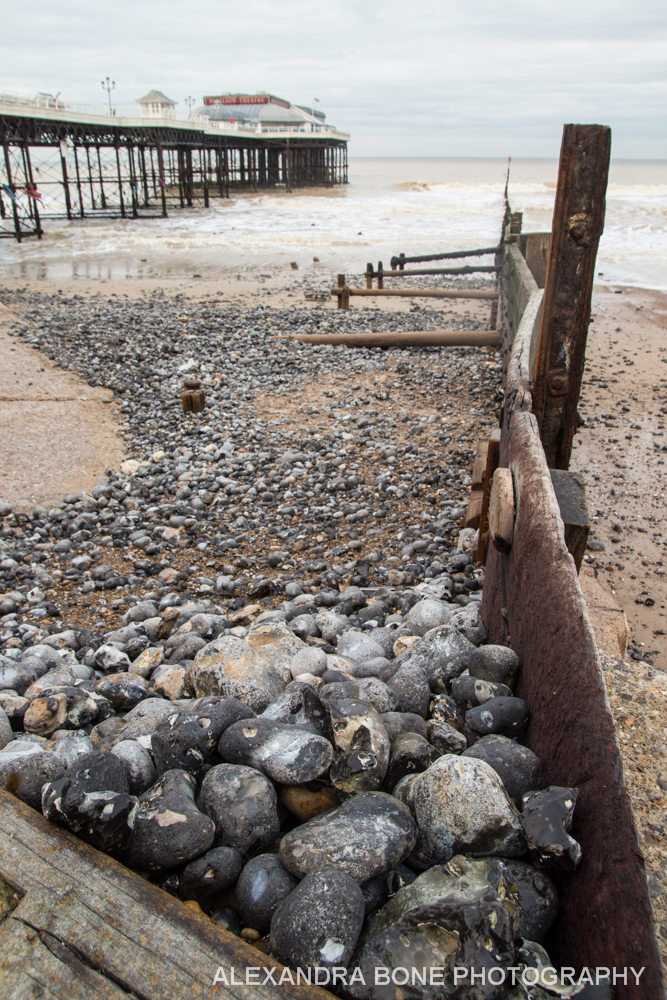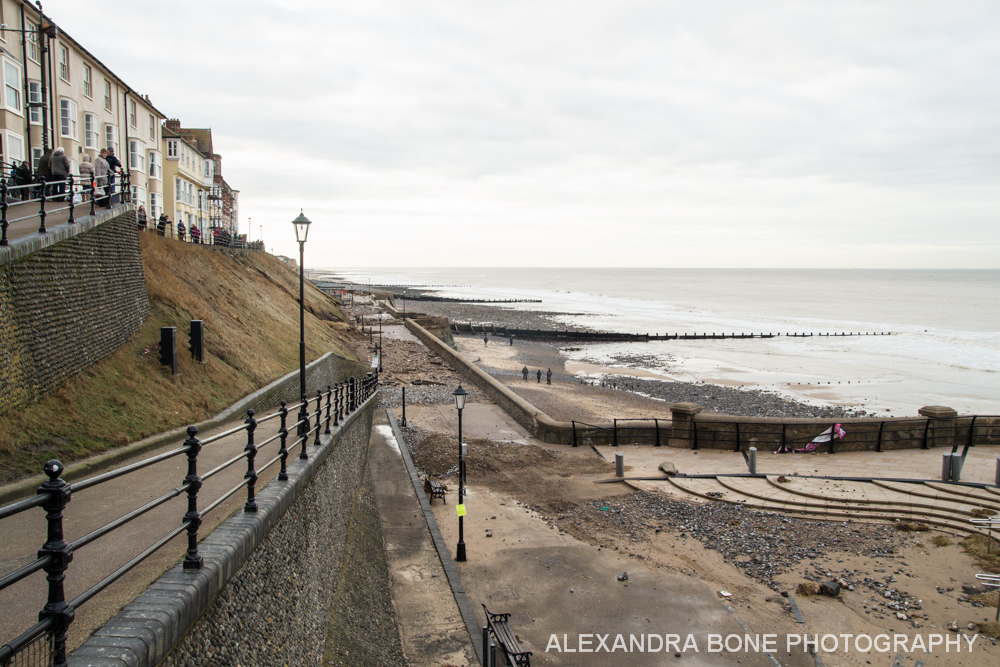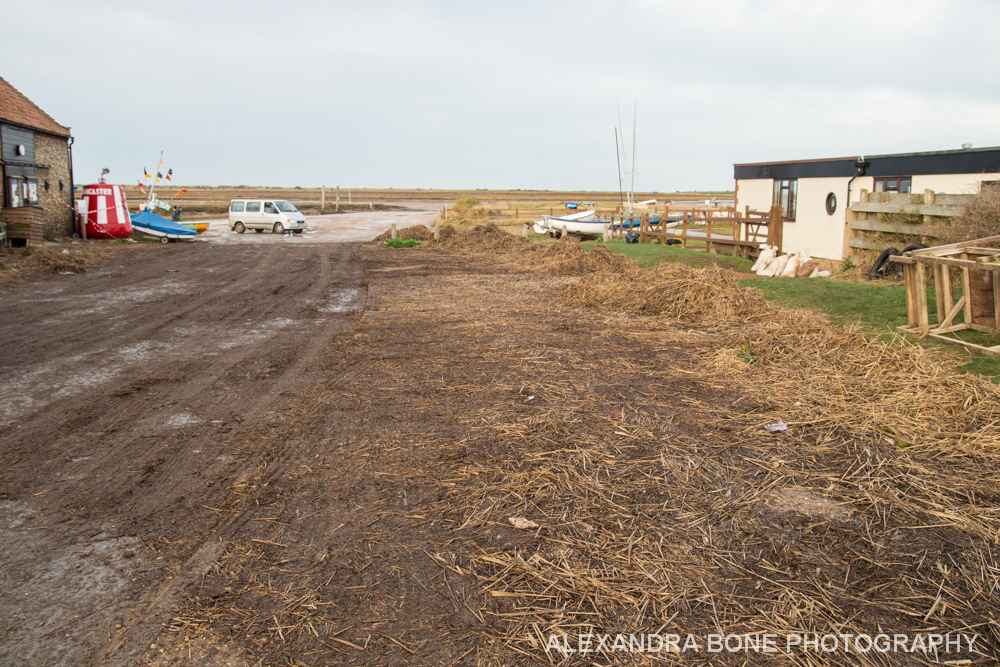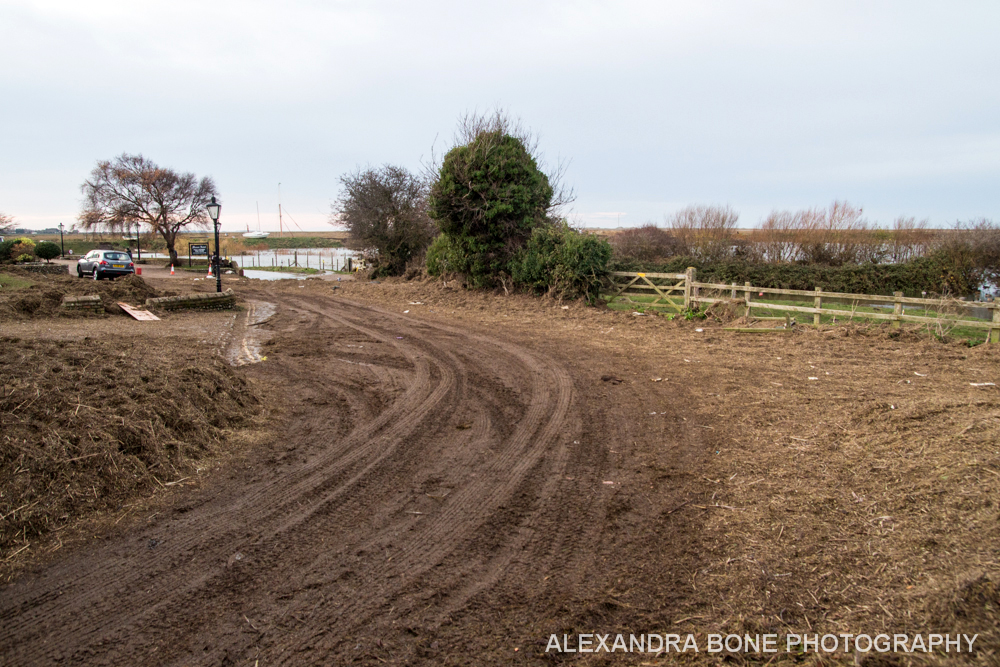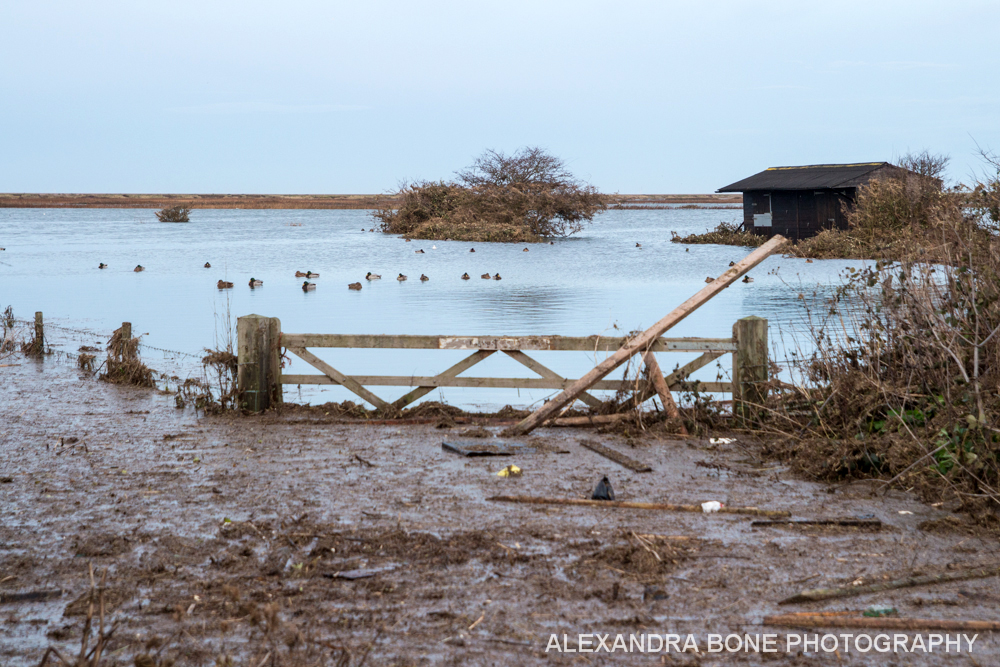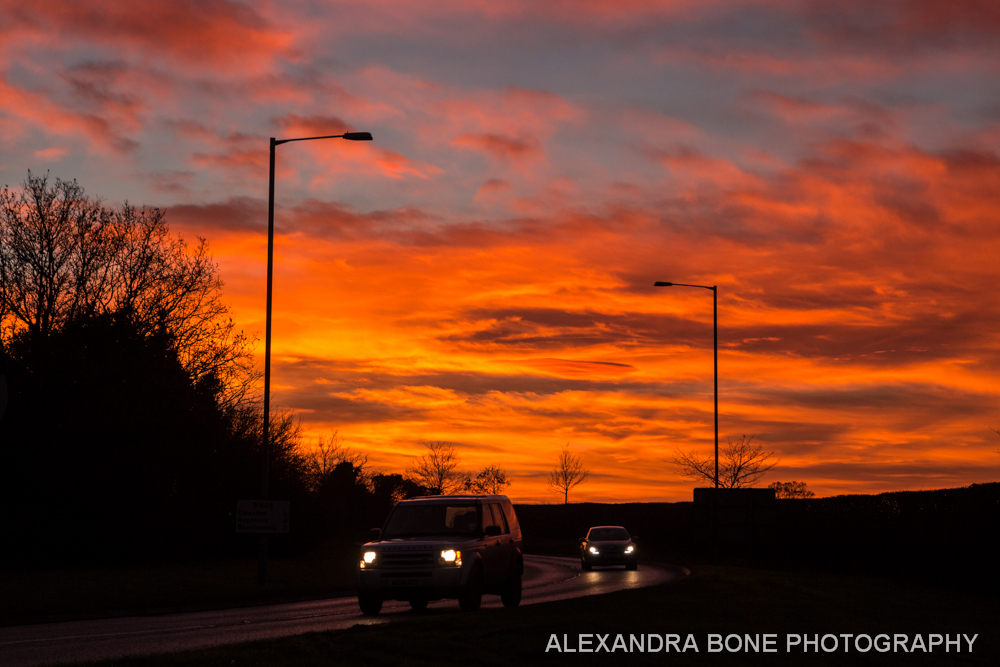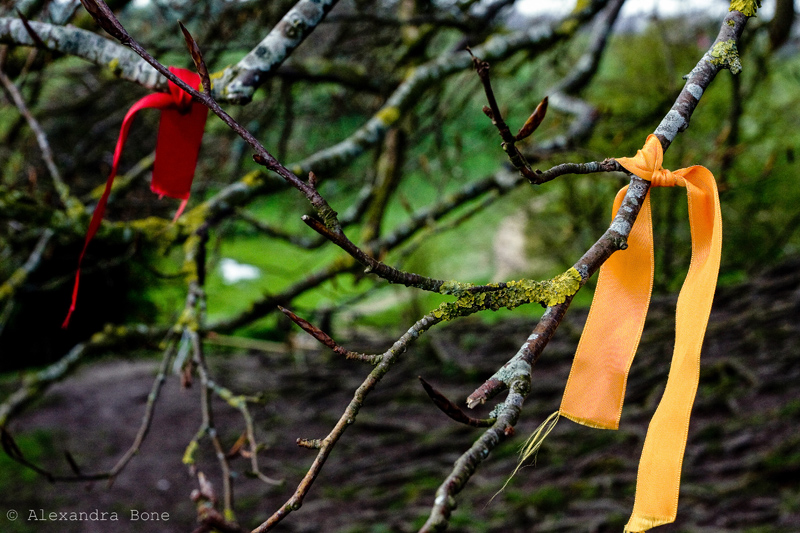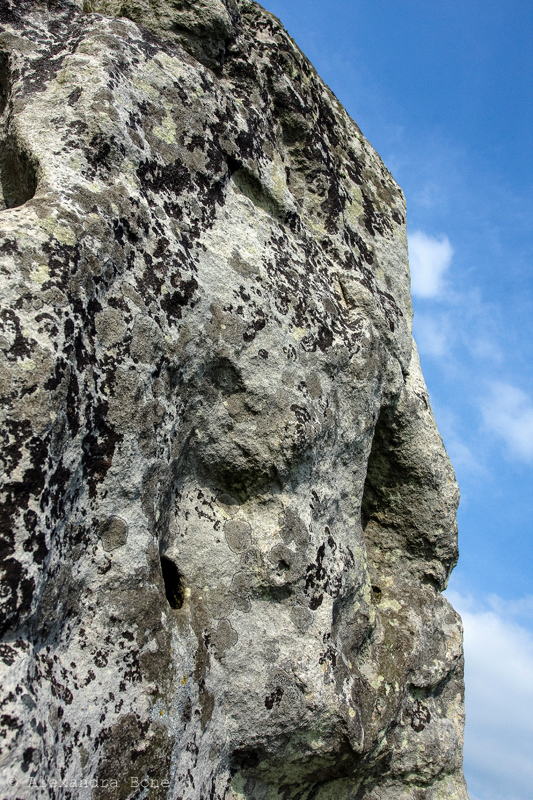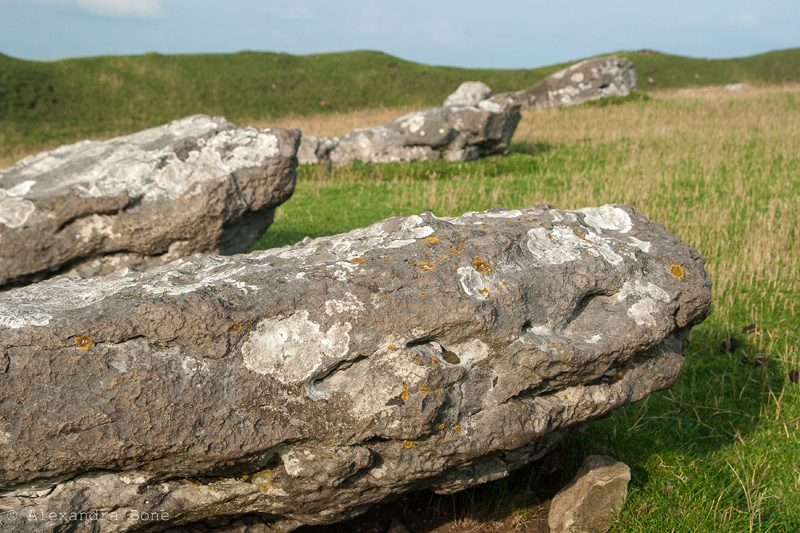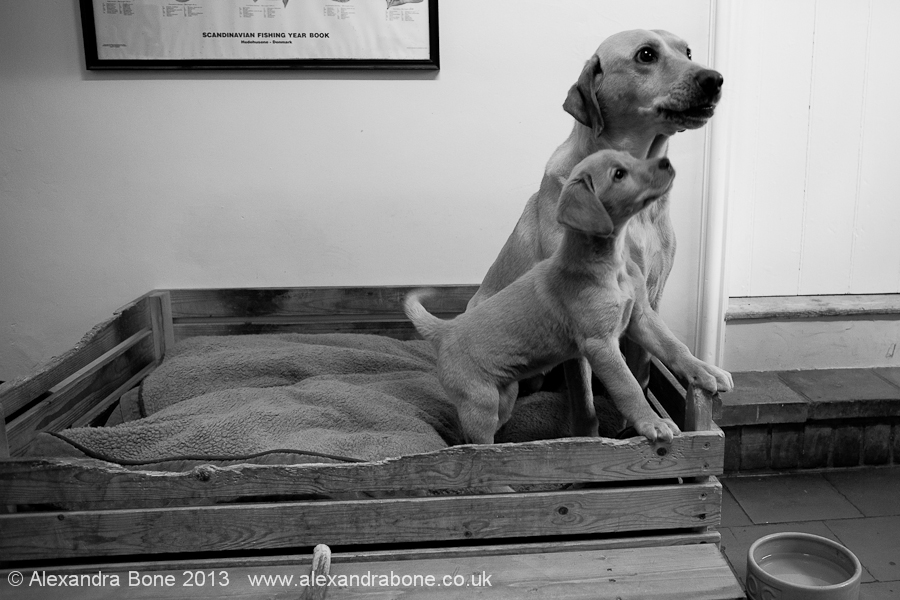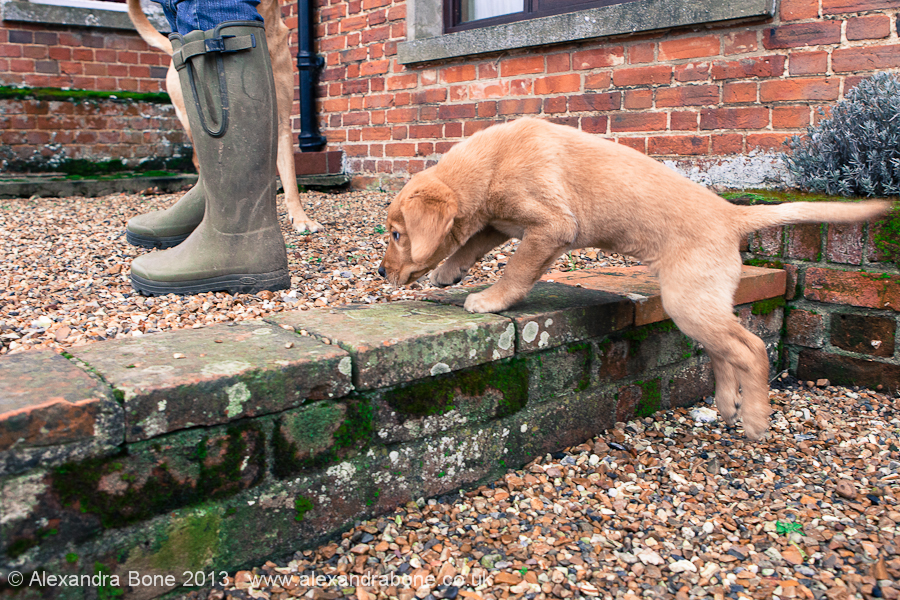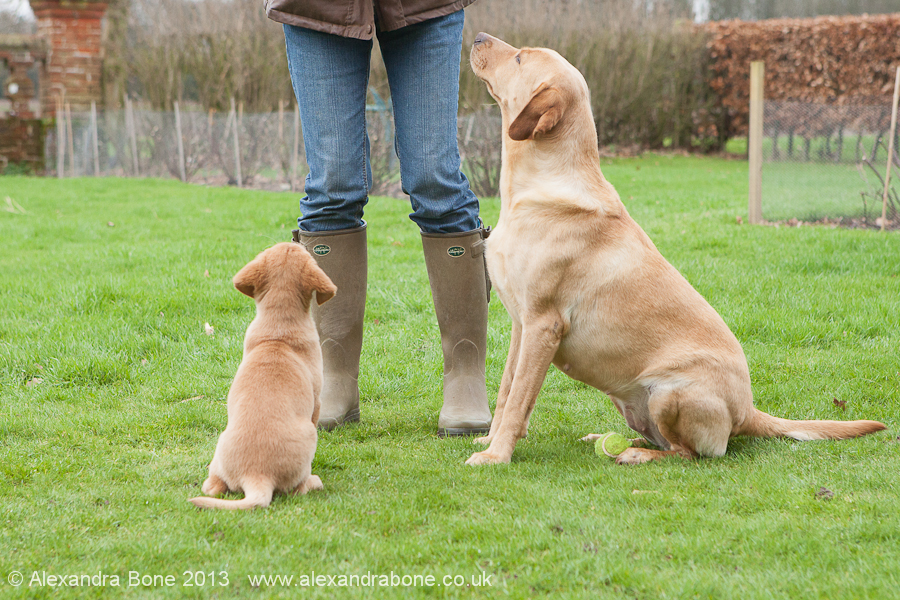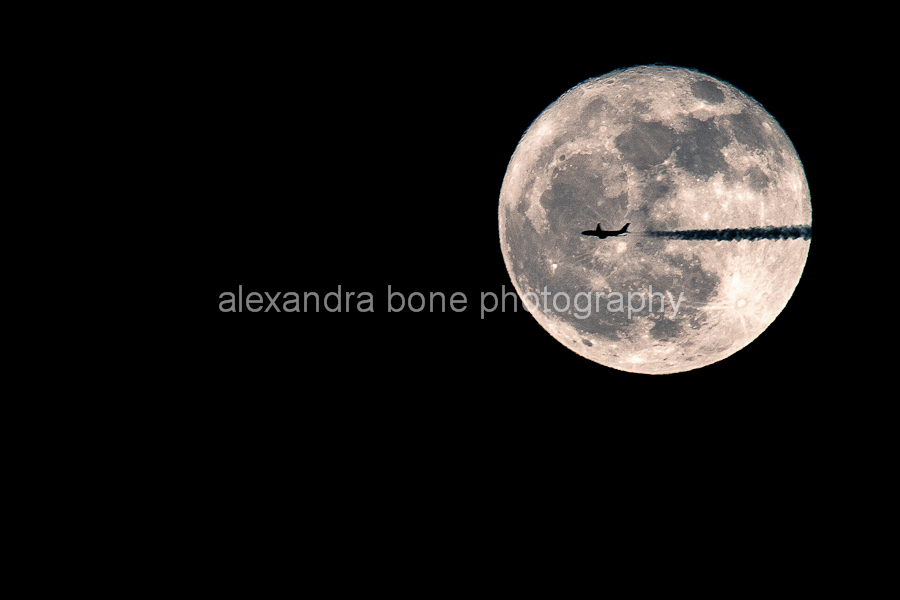On Thursday 5th December, a massive tidal surge hit the east coast of England. Many places in Norfolk were affected by the extraordinary sea levels, in some places sea levels were even higher than the great floods of 1953.
Over the weekend I ventured out to see how some of my favourite places in the county had fared. A strange experience which left me rather humbled. Some places saw massive damage, yet in others it was difficult to see that the sea had wreaked any harm, except for some tell tale signs.
In only a few days, lots of work has been done right along the coast to start repairs. It is clear there is much left to do.
There are many places I could also have visited, and many photographs I could have taken. However it didn't seem right to go to places such as Hemsby. There are no photos of the damage to homes. There are also no photos of the seal pups I saw rescued at Winterton, having visited to check the beach cafe was still there and enjoying breakfast before moving on along the coast. Personally, it felt totally wrong to take photos in those situations.
This throws up an interesting debate on the moral codes and ethics of photography. I have found myself increasingly concerned with how others may react to me taking a photo, and thinking about why I decide to take a photo in the first place. If I feel uncomfortable in a situation, I normally just won't take the photo at all.
There is a fine balance with situations such as the tidal surge. Obviously these events need to be recorded - and photographs are essential to highlight the problems, dangers and immediate needs in the short term. Importantly, they also act as a historical record and a reminder of the ongoing need in the longer term. There is also a case for sensitive coverage of the after effects and the impacts on those involved. How would we know what happened in the past if it wasn't for some of the coverage of notable events over time? Certainly we may not have such an appreciation. In a purely functional way, photographs will also be hugely important in things like insurance claims.
If everyone involved is happy with photographs being taken, is there any harm in it? It is where photography becomes an unwelcome invasion that I find it difficult. I am sure everyone has view and an opinion on this.
For me, documenting the impact on the landscape (both natural and built) in a safe way was my intention (there is a whole other debate about putting yourself at risk to get "that photo"). I wanted to highlight the problems being faced by our coastal communities, without invading anyone's privacy. I hope I have managed to do this in a sensitive way.
The day started at sunrise, on Cantley Staithe. The water had topped over here, and a fine layer of silty mud coated the banks.
Sand bags were still out in force, and water the other side of the bank showed that some had come over the top.
Next, on to Winterton where I was pleased to see the cafe still standing, and I stopped for some breakfast. Much activity was going on, with a team of volunteers arriving from Friends of Horsey Seals helping with counting the seals, which had been hit hard by the surge. The seal wardens were trying to keep people from the beach entirely as pups littered the shore.
I finally got a shot of the little huts at Winterton which I was happy with.
Next on to Happisburgh. As with every winter storm here, the coastline had been eaten away, but by a staggering amount in some places. This sandcastle caught my eye at the bottom of the slope on to the beach. The sea was too far in to venture further safely.
Next on to Cromer, where there had been rumours that the pier may not have survived during the height of the surge. I am amazed it is still mostly in one piece. What an amazing piece of engineering. Looking up from underneath the pier, it was mind blowing to think how different the water level was just a few days earlier. You really had a sense of the scale of the surge.
The following day, I visited Brancaster. Here the signs of the flooding were not so immediately obvious, but on closer inspection, it was clear the water levels had been very high. The whole place had a coating of reeds and mud. In some places, the marks left by the high tide gave away the daunting water levels. Condensation in windows a sign of those buildings affected.
Blakeney fared even worse. The road on to the staithe was a mess.
The surge showed once more why the sea should always be respected. Finally, on the way home, nature reminded us that although it can be incredibly harsh, sometimes it is also breathtakingly beautiful.
See the full East Coast tidal surge photo set here.
*UPDATE*
Following the flooding, and this blog, I decided to auction some photographs for charity. It created a discussion on Twitter and it resulted in a whole selection of my favourite local photographers coming together and donating work to sell as The Surge Collective. You can read all about that here. Nearly £1500 was raised for the Flood Appeal.

